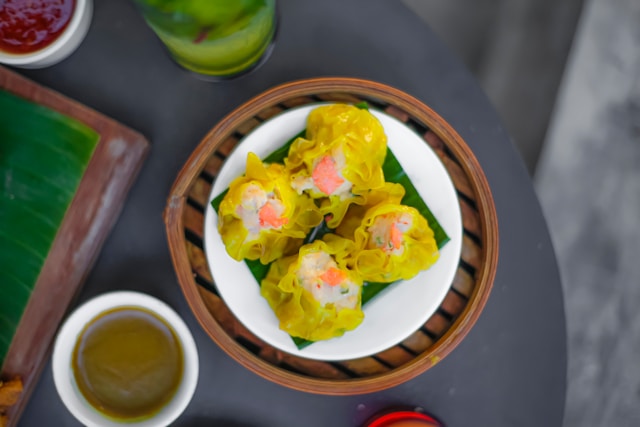The Ultimate Guide: Social Media Food Photography

Food has always been more than just nourishment; it is an experience, a culture, and a way of storytelling. In today’s digital age, food photography has become a powerful tool for sharing these stories, especially on social media platforms where visuals play a vital role. A beautifully captured dish has the power to stop someone mid-scroll, spark curiosity, and even drive them to try the recipe or visit the restaurant. Mastering the art of food photography can transform your brand’s online presence and create a deeper connection with your audience.
Understanding the Power of Food Photography

When it comes to food, people eat with their eyes first. A stunning image can evoke emotions, stimulate appetite, and inspire action. On social media, where attention spans are short and competition is fierce, food photography is not just about aesthetics—it is about communicating a story. Whether you are a restaurant owner, food blogger, or culinary enthusiast, your photos should showcase not only the beauty of the dish but also the mood, texture, and essence of the experience you want to share.
Choosing the Right Lighting
Lighting is the heart of food photography. Natural light is often the most flattering choice as it highlights the freshness and color of the food while keeping the image authentic. Shooting near a window during the day provides a soft glow that enhances textures without harsh shadows. For those who shoot at night or indoors, investing in a softbox or diffuser can replicate natural light and create a professional effect. The direction of light is also crucial—side lighting often works best for food, as it brings out depth and detail.
Styling Your Food for the Camera
Food styling is about making a dish look as appetizing as it tastes. This does not mean overcomplicating the setup, but rather paying attention to details. Garnishes, colorful ingredients, and complementary props can elevate the composition. For example, a sprig of fresh herbs, a drizzle of sauce, or a sprinkle of spices can add vibrancy. The choice of tableware, linens, and background textures should align with the mood you are trying to convey. Minimalist styling works well for modern aesthetics, while rustic props create a cozy, homemade feel.
Mastering Composition Techniques
Composition is what guides the viewer’s eyes through the photo. The rule of thirds is a classic approach, placing the subject slightly off-center to create balance and visual interest. Leading lines, symmetry, and layering can also enhance the storytelling element. Negative space, or leaving areas of the frame empty, can highlight the subject and give the image a clean, elegant look. The angle of the shot is equally important—overhead shots work beautifully for flat lays like spreads and platters, while a 45-degree angle often captures depth in layered dishes such as burgers or cakes.
Editing for Impact
Post-processing is the final step that brings your food photos to life. Editing should enhance, not alter, the authenticity of the dish. Adjusting brightness, contrast, and saturation can make colors pop and textures stand out. Tools like Lightroom, VSCO, or mobile editing apps provide flexibility while maintaining a natural look. Overediting, however, can make food appear unrealistic and unappealing, so the goal is always to highlight the dish’s natural beauty rather than disguise it.
Creating a Consistent Style for Social Media
Consistency is key to building a recognizable brand presence on social media. Developing a signature style—whether it is bright and airy, moody and dramatic, or warm and rustic—helps audiences instantly identify your content. This can be achieved through consistent lighting, editing techniques, and styling choices. A cohesive feed not only looks professional but also strengthens your storytelling and keeps your followers engaged.
Engaging with Your Audience Through Food Photography
Food photography is not just about the image itself but also about how it connects with the audience. Pairing photos with meaningful captions, stories, or tips adds context and encourages interaction. Behind-the-scenes shots, step-by-step recipe images, or close-ups of ingredients can make followers feel more connected to your culinary journey. Encouraging user-generated content by asking followers to share their own recreations can also build community and trust.
The Role of Authenticity in Food Photography
In the pursuit of perfection, many forget that authenticity is what resonates most on social media. While polished images are important, real and relatable photos often perform just as well, if not better. Capturing the mess of cooking, the steam rising from a fresh dish, or the joy of sharing a meal can feel more human and engaging. Authentic photography tells a story that goes beyond the plate and connects on an emotional level.
Final Thoughts
Food photography is both an art and a strategy. It requires creativity, technical skills, and an understanding of how visuals influence perception. By mastering lighting, styling, composition, and editing while maintaining authenticity, you can create images that not only showcase food beautifully but also inspire action. On social media, where first impressions matter, investing time in food photography can elevate your brand, attract new audiences, and turn casual viewers into loyal followers.